Lipedema vs. Cellulite: Understanding the Differences & Treatment Options
Lipedema and cellulite are two conditions that are often misunderstood and confused, but they have distinct characteristics, causes, and treatment options. These conditions can significantly impact an individual’s confidence and quality of life. In this comprehensive guide, we’ll delve into the intricate details of lipedema vs. cellulite, helping you gain a deeper understanding of these conditions and the effective treatment options available.
Lipedema vs. Cellulite: Key Differences Between Lipedema and Cellulite
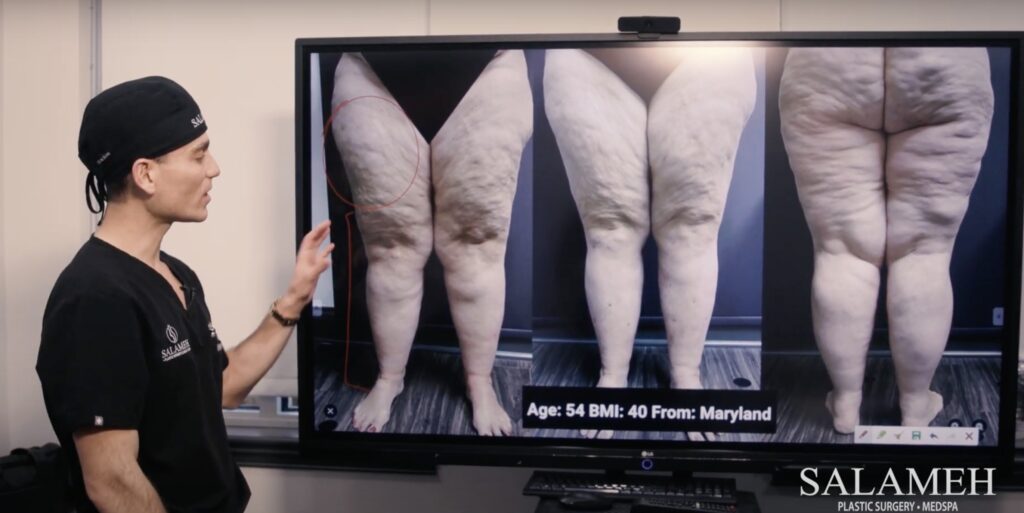
To avoid confusion and misdiagnosis, it’s crucial to draw a clear line between lipedema vs. cellulite, as these two conditions can coexist or mimic each other.
Lipedema is a medically recognized condition that requires professional diagnosis and treatment, while cellulite is primarily a cosmetic concern. One essential difference is that lipedema leads to a disproportionate accumulation of fat in specific areas of the body, while cellulite results in a dimpled appearance of the skin. However, it’s not uncommon for these conditions to coexist, making it challenging for individuals to distinguish between them.
To provide further clarity, we’ll offer examples of situations when it’s crucial to seek professional advice to differentiate between lipedema and cellulite. An accurate diagnosis is the first step toward effective management and treatment.
What is Lipedema?
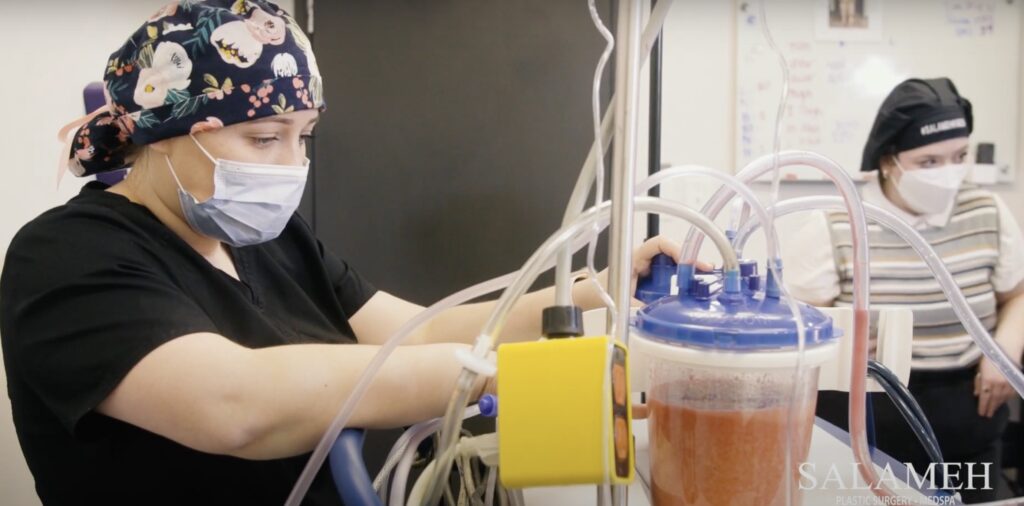
Lipedema is a chronic condition that predominantly affects women, although it can occur in men, too. It is characterized by abnormal and disproportionate fat accumulation, typically in the legs and sometimes in the arms. To understand lipedema fully, let’s delve into the following aspects:
Genetic factors and hormonal changes primarily cause Lipedema. It often begins during puberty, pregnancy, or menopause, when hormonal fluctuations play a significant role in fat distribution. The progressive condition can lead to discomfort, pain, and impaired mobility. It’s important to note that lipedema is not the result of a poor diet or a sedentary lifestyle.
Lipedema vs. Cellulite: Common Symptoms of Lipedema
Individuals with lipedema may notice their legs or arms having a distinct shape, with excess fat accumulating disproportionately compared to the rest of their body. Swelling and tenderness are also common symptoms. In some cases, lipedema can lead to complications like lymphedema, a condition where excess lymphatic fluid accumulates in the tissues.
To help you relate to the experiences of those living with lipedema, here are real-life examples and testimonials from individuals who have been diagnosed and managed their condition effectively.
Cellulite Demystified
Cellulite, unlike lipedema, is primarily a cosmetic concern that affects both men and women. Understanding its causes and visible signs is essential to distinguish it from lipedema.
What is Cellulite?
Cellulite refers to the dimpled, lumpy appearance of the skin, typically found on the thighs, buttocks, and abdomen. It is not a medical condition but rather a cosmetic issue. Cellulite results from the interaction of subcutaneous fat, connective tissue, and the overlying skin. Factors contributing to cellulite include genetics, hormonal changes, lifestyle factors, and even gender.
Lipedema vs. Cellulite: Visible Signs of Cellulite
Cellulite presents itself as a bumpy texture on the skin’s surface, often likened to the appearance of cottage cheese or orange peel. It can be more noticeable when the skin is pinched or when certain positions, like sitting or crossing your legs, compress the affected areas. While cellulite isn’t a health concern, it can be a source of frustration for many.
In this section, we’ll delve deeper into the physical manifestations of cellulite, explaining why it occurs and how it differs from lipedema. Additionally, we’ll explore practical tips for reducing the appearance of cellulite, such as exercise, maintaining a healthy diet, and establishing a skincare routine.
Treatment Options
Having a proper diagnosis is essential before considering treatment options. In this section, we’ll explore the best treatment available for lipedema and discuss non-invasive methods to address cellulite.
Diagnosis and Professional Guidance: Treatment Options for Lipedema
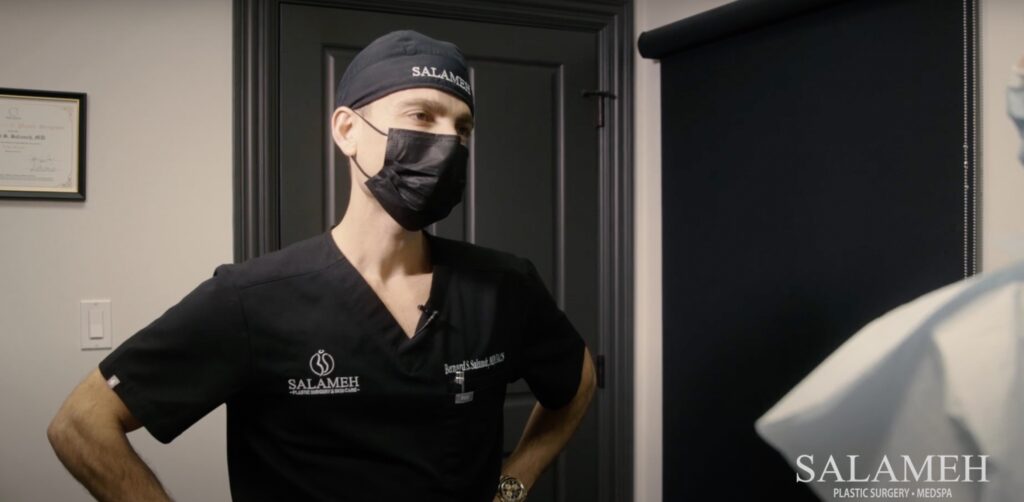
It is crucial to consult with a qualified healthcare provider for a correct diagnosis before pursuing any treatment. This step is crucial for both lipedema and cellulite. An accurate diagnosis ensures that the chosen treatment is appropriate and effective.
For individuals with lipedema, various treatment options are available. Non-surgical approaches may include:
Compression Therapy
This involves wearing compression garments to reduce swelling and improve circulation in the affected limbs.
Manual Lymphatic Drainage (MLD)
MLD is a specialized massage technique that can help manage the fluid buildup associated with lipedema.
Decongestive Therapy
This comprehensive approach includes a combination of compression therapy, MLD, exercise, and skincare to manage lipedema effectively.
Surgical procedures, such as liposuction, can also effectively manage lipedema by removing excess fat. In some cases, lipedema surgery is the most appropriate and long-lasting treatment option.
LippyLipo Awake Lipedema Liposuction as the Best Lipedema Treatment. Here’s why:
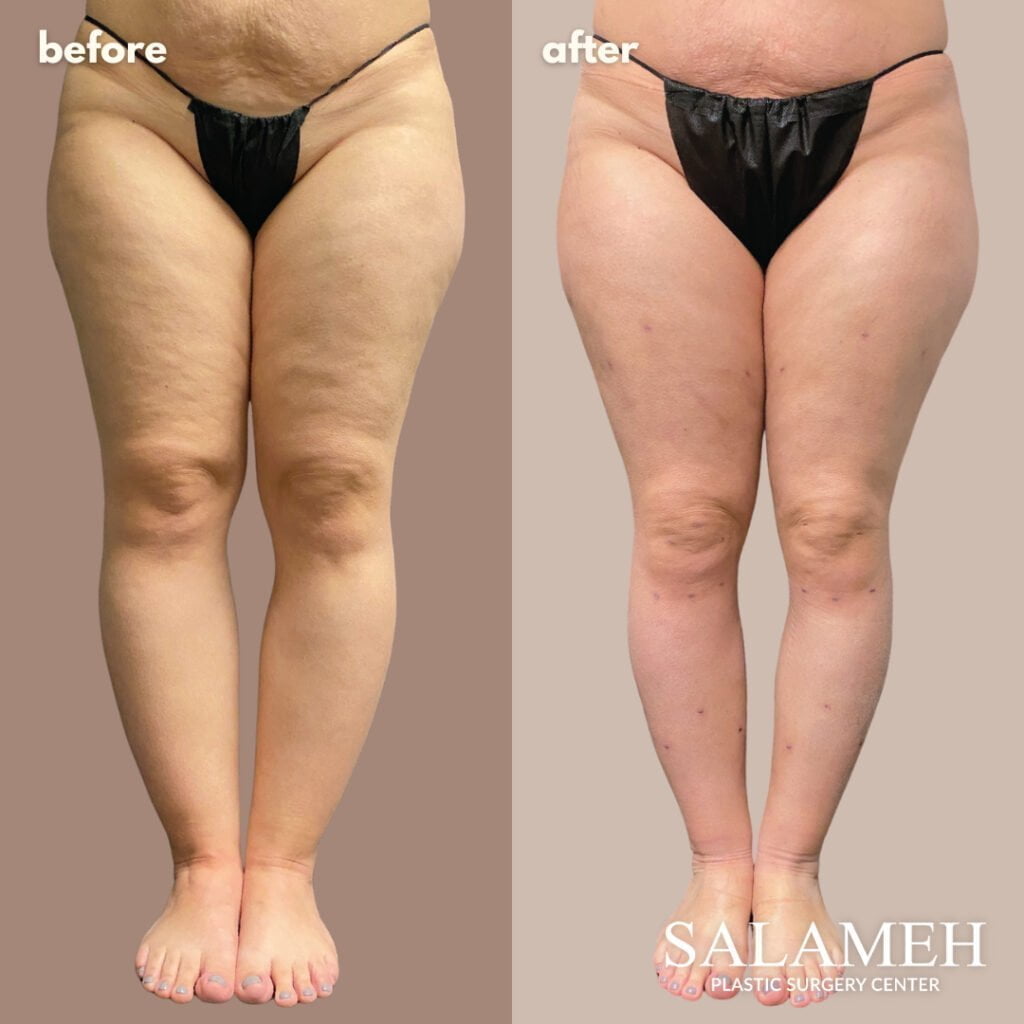
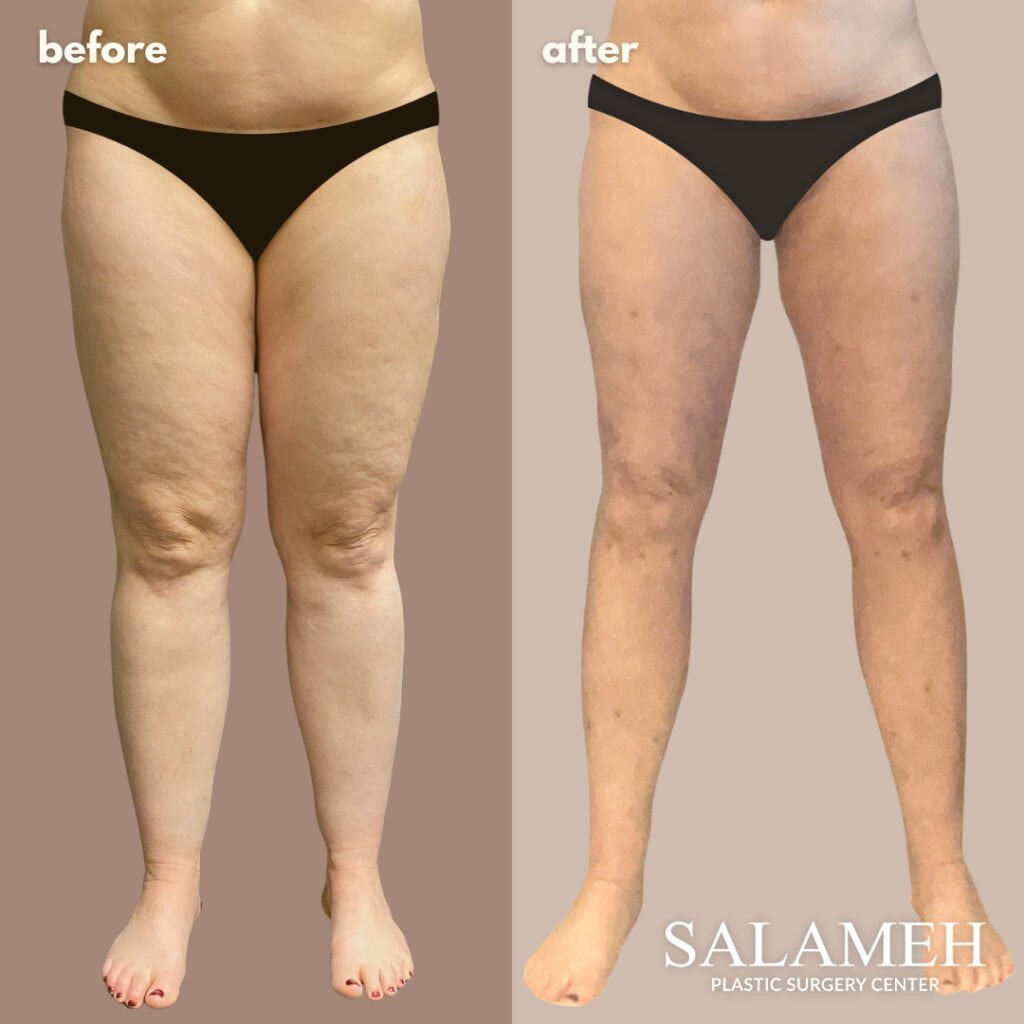
LippyLipo Awake Lipedema Liposuction stands out as one of the most effective treatments for lipedema due to its tailored approach and patient-centric benefits. Unlike traditional liposuction, LippyLipo is performed under local anesthesia, minimizing risks associated with general anesthesia and ensuring a quicker recovery.
This procedure is highly specialized and customized to address the specific fat distribution patterns seen in lipedema patients, precisely targeting the affected areas for optimal results. Additionally, Awake Lipedema Liposuction not only removes excess fat but also preserves vital lymphatic structures, reducing the risk of developing secondary lymphedema. Its ability to provide long-lasting relief from the discomfort and mobility limitations associated with lipedema, coupled with a shorter downtime, makes it a preferred choice for many seeking a transformative and patient-friendly solution for managing this challenging condition.
Lipedema Specialist Near Me: Indiana & Kentucky’s World-renowned Surgeon
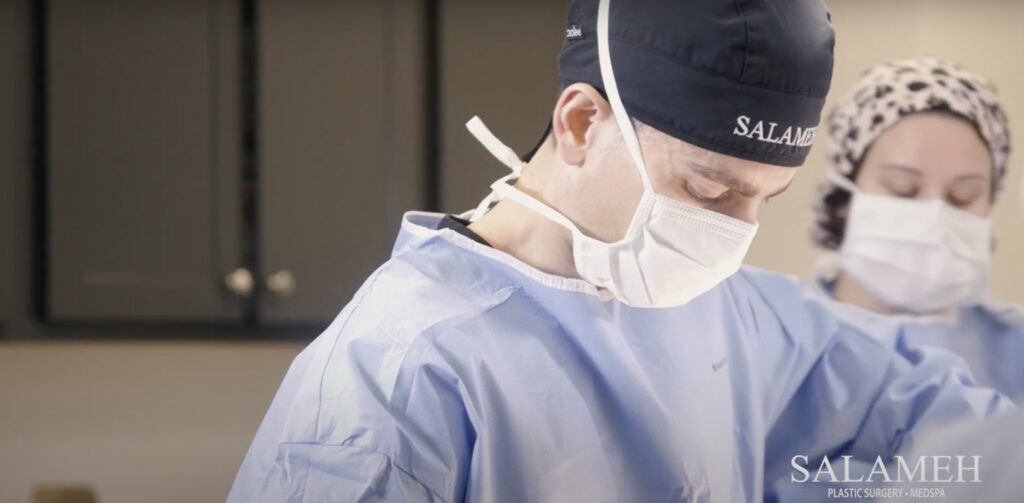
Regarding lipedema liposuction, Dr. Salameh sets the standard as a true expert in the field, particularly in performing the procedure while the patient is awake. With his vast knowledge, advanced techniques, and exceptional qualifications, Dr. Salameh has established himself as a trusted and respected surgeon in the realm of lipedema treatment.
His specialized expertise and focus on awake liposuction demonstrate his commitment to providing the utmost care and comfort to his patients. Dr. Salameh’s gentle and compassionate approach ensures patients feel supported and well-cared for throughout their liposuction journey. By prioritizing patient comfort and safety, Dr. Salameh enables individuals to achieve their desired results while minimizing the risks associated with general anesthesia.
Choosing Dr. Salameh as your lipedema liposuction surgeon means placing your trust in the hands of a skilled professional who prioritizes patient satisfaction and long-term well-being.
See Some of Our Patients’ Lipedema Stories Here:
Pain to Power: How Leah Found Relief with Our Lipedema Treatment
Reclaiming Freedom from Lipedema: Ally’s Remarkable Journey
Non-Invasive Cellulite Treatments
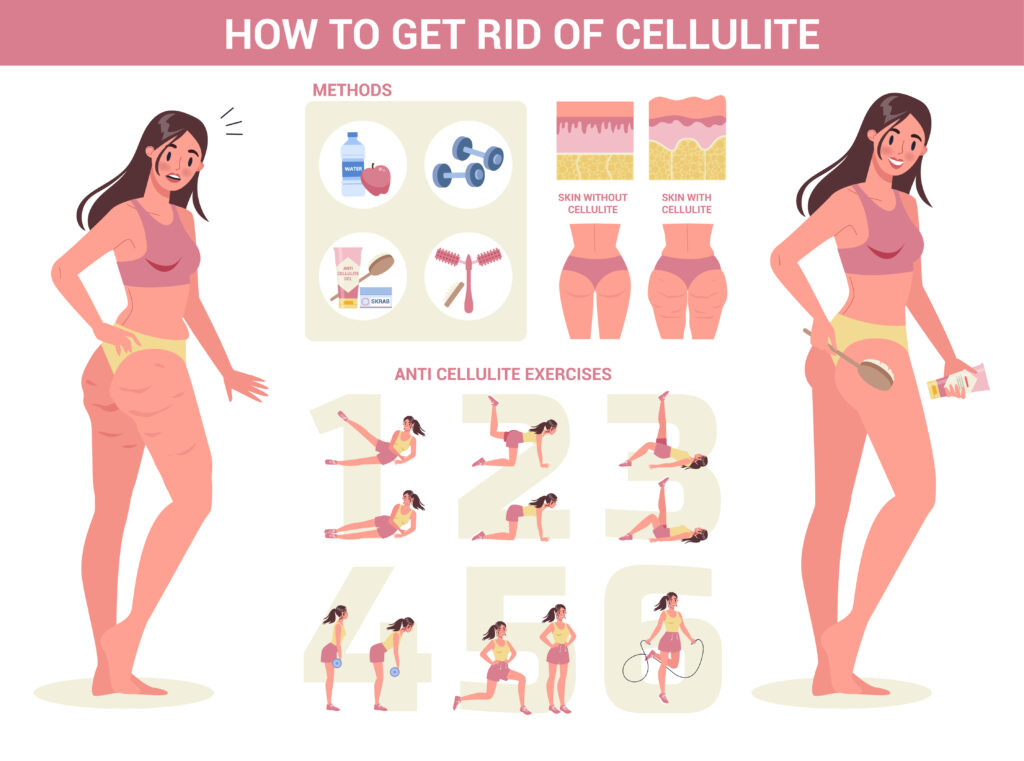
For those concerned about cellulite, non-invasive treatments can help reduce its appearance:
Laser Therapy: Laser treatments can stimulate collagen production and improve skin texture, reducing the visibility of cellulite.
Radiofrequency Treatments: These treatments use radiofrequency energy to tighten skin and reduce the appearance of cellulite.
Topical Products: Certain creams and lotions may temporarily improve the appearance of cellulite, although results can vary.
Coping Strategies and Self-Care Tips
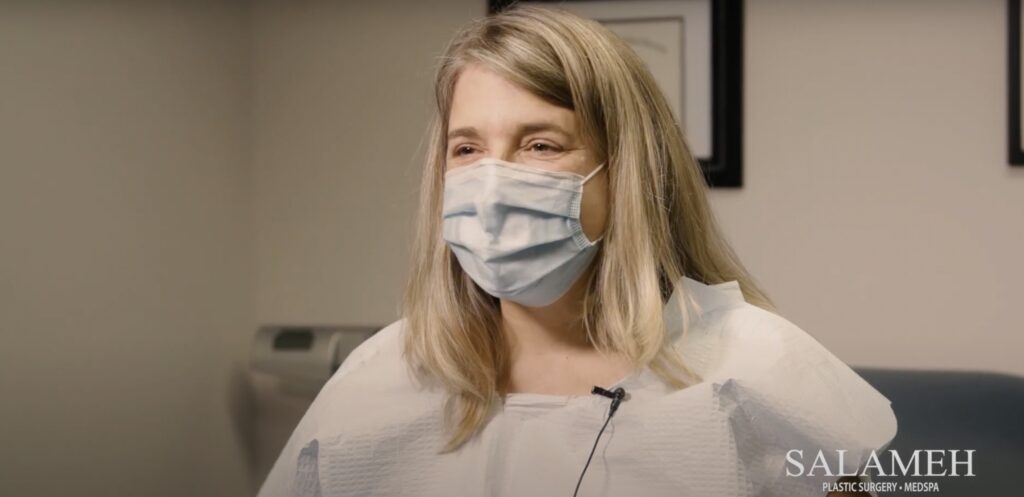
Living with lipedema or cellulite can be challenging, but there are coping strategies and self-care tips that can make a significant difference in your quality of life.
Managing and Living with Lipedema or Cellulite. Here are some practical tips for coping with these conditions:
Body Positivity
Embrace your body and focus on its strengths rather than its perceived flaws. A positive self-image can significantly impact your well-being.
Mental Well-Being
Seek support from mental health professionals or support groups if you’re struggling emotionally with these conditions. Managing stress and anxiety can improve your overall outlook on life.
Finding Support
Connect with others who have experienced lipedema or cellulite. Sharing experiences and insights can provide valuable emotional support.
Consultation and Treatment
Consult with qualified healthcare professionals to explore the best treatment options for your specific needs. Customized treatment plans can lead to improved physical and emotional well-being.
Takeaway : Lipedema vs. Cellulite
In conclusion, understanding the differences between lipedema vs. cellulite is crucial for anyone dealing with these conditions.
While both can be challenging, they have distinct characteristics, causes, and treatment options.
Remember that you’re not alone on this journey; there’s hope for a brighter tomorrow. By seeking professional advice and exploring the right treatments, you can take the first step toward a more confident and comfortable future. Your well-being matters, and there are practical solutions available for both lipedema and cellulite.

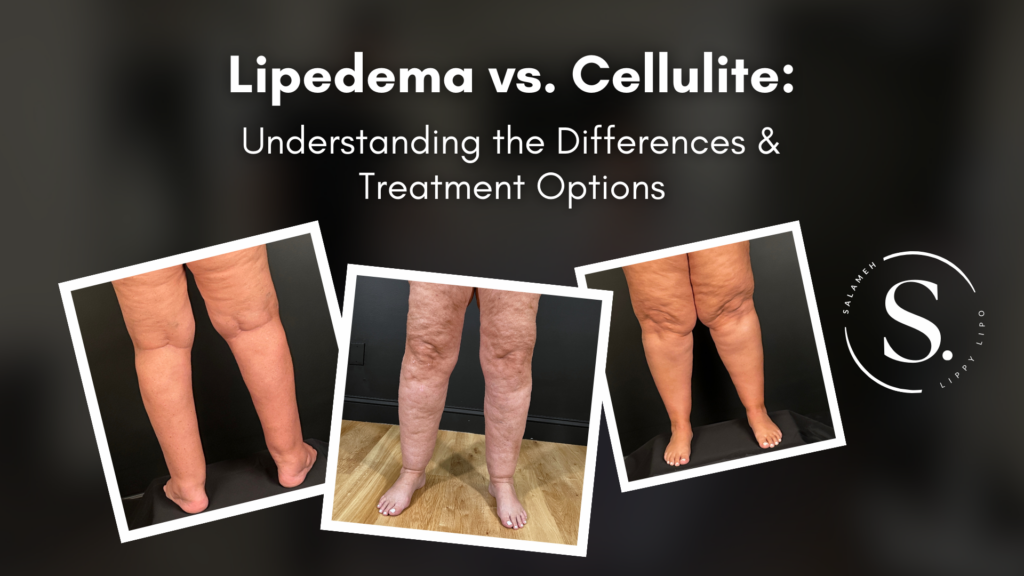
2 comments
Ignahi Gonzalez
Greetings,
I had a gastric bypass and lost 120 pounds, my thighs “melted” as I was getting thinner, specially in my inner thighs area. What can be done to fix my thighs and knees? my legs are fine, nothing needed in that area.
Thank you,
Iggy
Kimmy
Hello, for us to assess your case, you may schedule a consultation today.